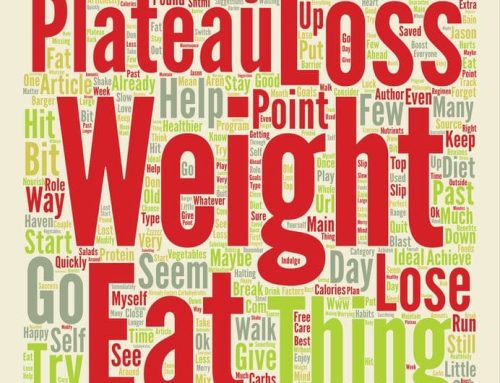Are weekend warriors improving their health or are they just fooling themselves? A recent study indicates that even working out two days a week yields significant cardiovascular benefits.
A recent study indicates that “weekend warrior” exercise patterns, concentrating physical activity into one or two days a week, offer similar heart health benefits as exercise spread out more evenly over the week. Both active groups showed lower risks of heart-related conditions compared to inactive individuals.
Weekend Warriors Are Improving their Heart Health
Compared with inactivity, both the weekend warrior or a more evenly distributed physical activity pattern were associated with similarly lower risks of heart attack, heart failure, atrial fibrillation (an abnormal heart rhythm), and stroke.
People who find it challenging to allocate time for exercise during a busy work week may choose to focus their moderate-to-vigorous physical activity on one to two days of the week, usually over the weekend.
In a recent study conducted by investigators at Massachusetts General Hospital (MGH) and published in JAMA, this “weekend warrior” pattern was associated with a similar reduction in risks of heart disease and stroke as compared to exercise more evenly distributed throughout the week.
Current guidelines recommend at least 150 minutes of moderate-to-vigorous physical activity per week for overall health. However, it’s uncertain if this concentrated form of exercise provides the same benefits as activity spread more evenly over the week.
The Largest Study on Weekend Warriors and Health Benefits
“Our analysis represents the largest study to address this question,” says lead author Shaan Khurshid, MD, MPH, a faculty member in the Demoulas Center for Cardiac Arrhythmias at MGH.
Khurshid and his colleagues analyzed data on 89,573 individuals from the prospective UK Biobank study. The study participants wore wrist accelerometers that recorded their total physical activity and the time they spent at different intensities over a full week.
Activity Patterns and Heart Health
The participants fell into three categories:
- 33.7% were inactive (less than 150 minutes of moderate-to-vigorous physical activity per week),
- 42.2% were active weekend warriors (at least 150 minutes, with at least half achieved in 1–2 days), and
- 24.0% were active-regulars (at least 150 minutes, with the majority of exercise spread out over several days).
- After adjusting for potential confounding factors, both active groups showed similarly lower risks of heart attack (27% and 35% lower risks for active weekend warriors and active-regulars, respectively, compared to the inactive group), heart failure (38% and 36% lower risks), atrial fibrillation (22% and 19% lower risks), and stroke (21% and 17% lower risks).
Implications and Future Research
“Our findings suggest that interventions to increase physical activity, even when concentrated within a day or two each week, may improve cardiovascular outcomes,” says senior author Patrick T. Ellinor, MD, PhD, acting chief of Cardiology and the co-director of the Corrigan Minehan Heart Center at MGH.
The team is also considering assessing whether weekend warrior–type activity could be linked with reduced risks of a broader spectrum of diseases.
Click here to read more about the weekend warriors study.







